You can find and create new profit centers with existing technology, products and capabilities—and with new technology, innovation and creativity. Don’t let the details hold you back.
by Laurie F. Junker
Today’s marketplace is dynamic, competitive and sometimes confusing—but still full of opportunity. Choosing a path can be both daunting and potentially expensive. Smart business leaders are taking advantage of new technologies, looking for ways to improve efficiency and deepen customer relationships, and creating innovative products and services in pursuit of new markets to develop and master.
Core competencies: the name of the game
In the late ’70s, Fontana, Calif.-based A & R Tarpaulins Inc. had a solid business manufacturing covers and tarps for the trucking industry, when a local aerospace company called to ask if the company could make some industrial curtains for a nearby facility. A & R staff thought they could probably handle it. “We didn’t have any expertise in aerospace engineering, but we were experts in making stuff out of fabric,” says owner Bud Weisbart. More orders followed, and the company decided to formally pursue the aerospace market by attending trade shows and meetings. Things didn’t go smoothly at first.
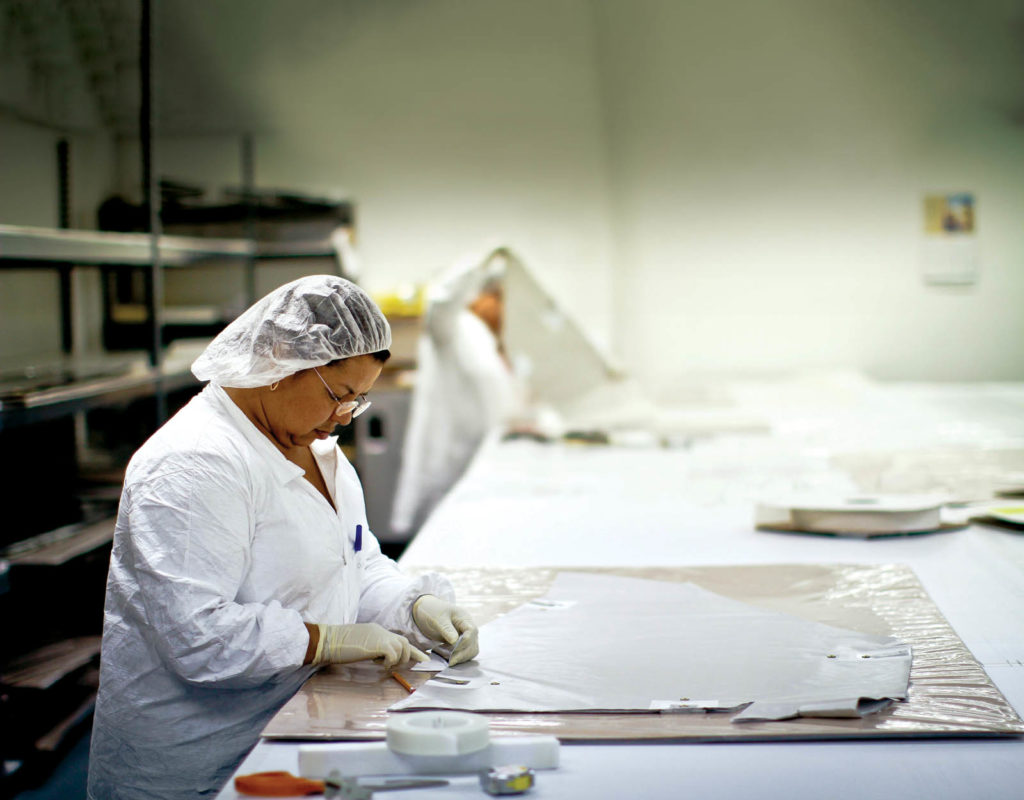
“People at the shows would say ‘We don’t need tarps,’ and keep walking,” he recalls. Realizing the name was a barrier to entering the aerospace market, A & R created a dba (“doing business as”) called AR Tech to broaden their appeal and get a foot in the door. The aerospace market now accounts for nearly 75 percent of the business.
In the early 1990s, A & R decided to expand into architectural shade products and, in a case of déjà vu, was told that AR Tech made the products sound too expensive. No problem. AR Industries was born, and began making fabric shade structures for businesses and private residences. Three names, three very different markets, one company.
The name variations paved the way for customer conversations to begin, but it was A & R’s core competency—the thing it’s really good at—that made the sale and created lasting relationships. “Our success in these markets comes down to our core competency, which is engineering products out of fabric. That’s what creates sustainable value in the marketplace,” says Weisbart; not an individual product or set of products, but a set of skills and depth of knowledge that can be applied to a changing marketplace.
The heart of A & R’s competency is a group of highly skilled fabricators, most of whom have been with the company for many years, if not decades. Employees’ ability to solve challenging problems is the result of technical skill and years of trial and error. “If I got on a sewing machine, I’d break it,” Weisbart says. “But these guys can figure anything out.”
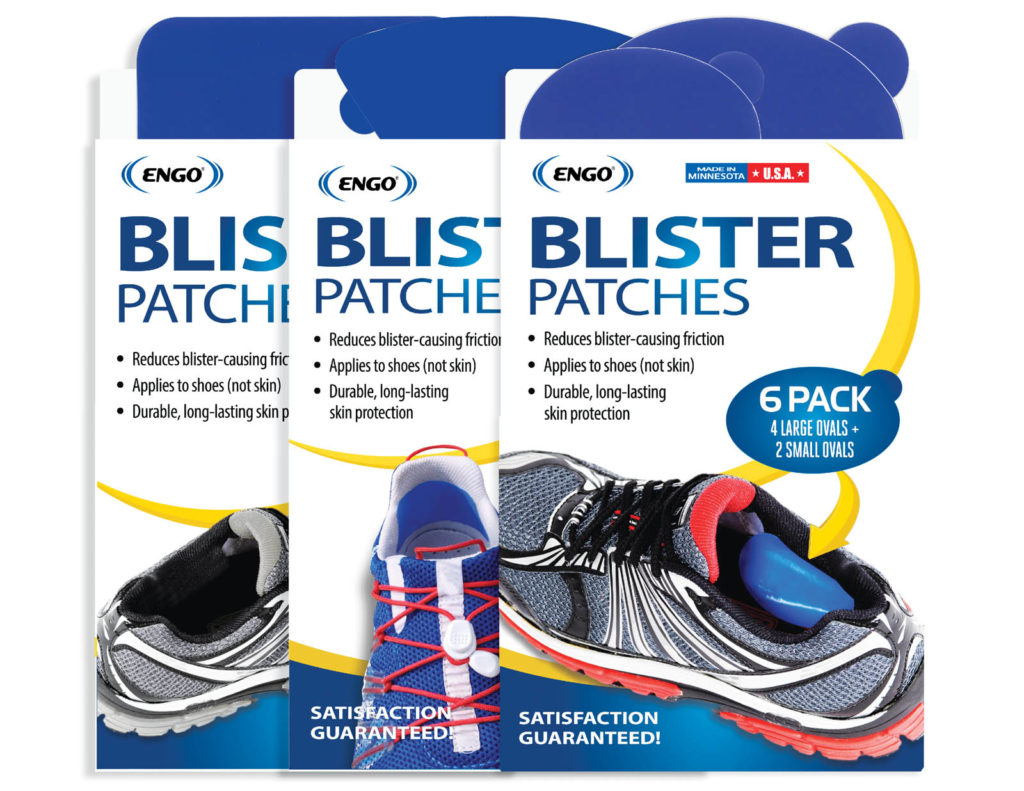
He also believes that A & R’s project managers give the company a competitive advantage. They’re experienced in identifying opportunities and work across the various markets collaboratively with each other. One project manager, for example, specializes in truck covers and also does industrial curtains for aerospace companies and mats for Ultimate Fighting Championship rings. “She understands our capabilities and is free to pursue whatever environments she thinks can best be served by our competency to produce fabric products,” Weisbart says.
The benefits of inflation
Ryan Gundling wants to change the way people think about inflatables. Ryzing Technologies, based in Staunton, Va., combines the discipline of engineering with expertise in textiles to provide solutions for the U.S. military, industrial and commercial clients.
Gundling, CEO of Ryzing, has a passion for sharing the potential of pneumatic textiles, which often starts with dispelling preconceived notions. “Yes, a kids’ bounce house and that crazy figure with the arms at the car dealership are inflatables, but so are your car tires,” he says. “The inflatables we design function like those car tires. You fill them up, cap them off and check them every so often They don’t need constant attention.”
There are an increasing number of applications for the technology, particularly if a customer needs a solution that is light, packable, durable and easily deployed, such as temporary structures for the military; but also in situations where a less rigid product makes sense, like robotics in a produce warehouse.
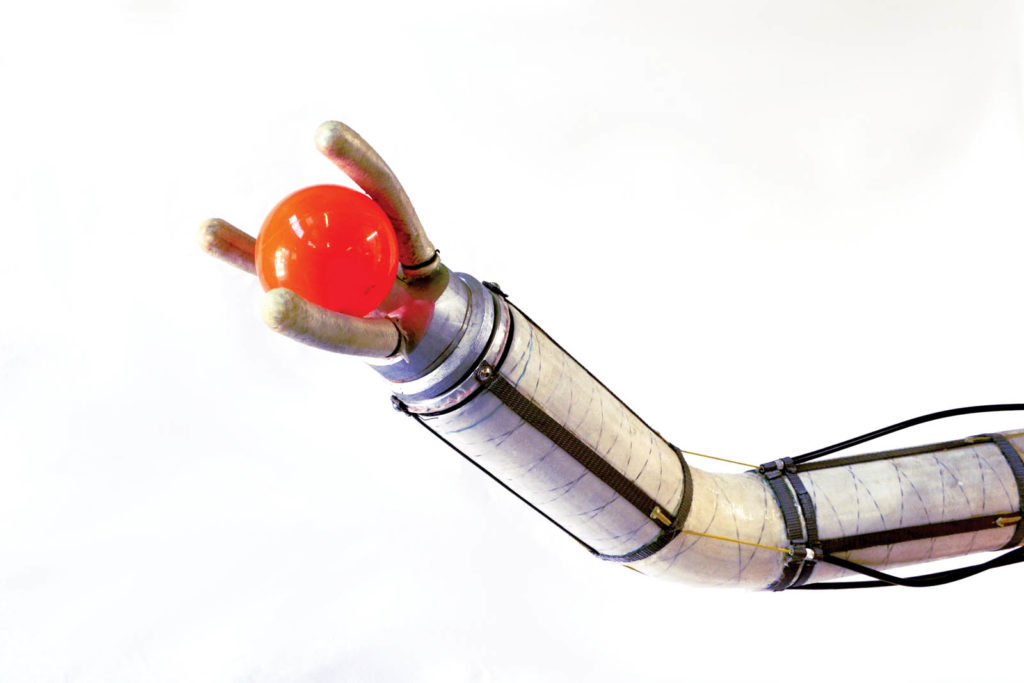
“Traditional robotic structures are rigid, and the risk of injury in close proximity to humans is a concern. Soft inflatable robotics don’t require complicated operating systems and can be safely used close to people, for example in a warehouse situation with robotic grippers handling fruits and vegetables,” says Gundling. Adding a dynamic function so the inflatable can perform a task such as grabbing, capturing or changing shape is another exciting way to expand the market. There are also structural applications that go beyond pulling up a tent—perhaps an inflatable movie screen that can be put up and torn down easily, or acoustic structures for concerts.
Gundling envisions a variety of solutions that combine textiles and inflatable technology that go beyond what most people think is currently possible. He will be speaking at IFAI Expo this fall on “Engineering with Air: Understanding Inflatable Technologies and Their Applications.”
In-house graphics: the bottom line
Capitol Awning had been selling and installing awnings to commercial and residential customers in and around the Richmond, Va., area since 1930. When Bill McSpadden purchased the company in 2003, one of the first things he did was bring most of the manufacturing in-house. He says, “I come from a manufacturing background, and it became clear that we couldn’t grow if we couldn’t control lead time and quality.”
McSpadden then turned his attention to graphics. He recalls, “When I first bought the company, they’d have the local sign shop make the graphic and we’d apply it. Usually within a year or two the vinyl would start to come off and the unhappy customer would be stuck replacing the awning because of $20 worth of graphics.”
Worse yet were placement or spelling errors. He cites one order, a large wrap-around awning made for the headquarters of a local association that had the organization name on it. The graphics were so big that Capitol couldn’t open it up in the shop, and applied it to the awning on-site. A few days later McSpadden got an angry call from the customer. Turns out the sign company had misspelled the word association, “assocation,” an error that made a $10,000 awning useless. Because the printer hadn’t provided proofs for the customer to sign off on, the replacement was Capitol’s expense.
Before jumping into graphics, the team spent time testing a variety of vinyls to see which ones worked best. “That was the most important thing we did. We figured out which fabrics and adhesives would stay put with minimal fading on awnings that move and are exposed to rain, sun and all kinds of weather,” he says. The initial investment was about $1,000 for a vinyl cutter and an airbrush. The company spent another $20,000 down the road for a heat transfer press. According to McSpadden, the investment has more than paid off because most commercial customers want graphics on their awnings, so it’s an easy add-on sale. “The margins are high with minimal material and labor cost. It’s a no-brainer,” he says. Bill McSpadden will be speaking at IFAI Expo on “Bringing Graphics In-House.”
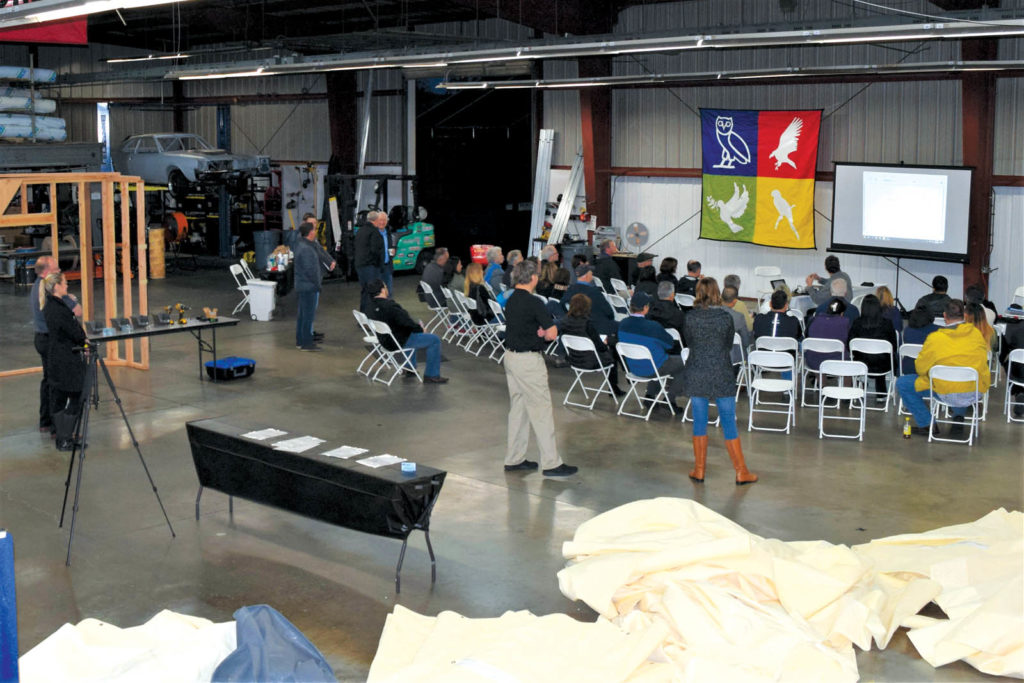
From medical markets to retail sales
Looking for growth through new product development is a successful model for many companies, and Tamarack Habilitation Technologies Inc. is one of them. The Blaine, Minn.-based manufacturer of medical products serving the orthotics and prosthetics market started with one product introduced in 1995: the Tamarack Flexure Joint®, an innovative component used for orthopedic braces that has since become the industry standard. A line of low-friction textile products, GlideWear® and ShearBan®, followed when clinicians reported that patients couldn’t wear their prosthetics or orthotics for a prolonged time without getting blisters and other friction-related skin injuries.
With those products well-established in the medical markets, Tamarack has turned its attention to marketing a line of GlideWear for the consumer market: ENGO® Blister Patches. The target market is runners and other athletes who are susceptible to friction injuries from footwear, along with high-heel wearers. Moving from a clinical environment to a retail marketplace has been challenging. “It’s been harder for us because that’s not our history,” says Adam Erickson, director of manufacturing. “We’re having to learn to sell in a different way, to new customers with different expectations, and we’ve had some bumps along the way.”
Tamarack started by partnering with a handful of retailers to stock its products, and also by selling directly on its own website and through Amazon. Erickson says the company quickly realized it was lacking the digital skills needed to market products to consumers, so hiring someone with digital marketing and e-commerce skills became priority one. That person has helped Tamarack update its web presence and navigate the myriad ways to sell online via Amazon. “We’ve gone back and forth with Amazon because there are so many different ways to sell there,” he says. “We’ve dabbled in all of them trying to determine which one works best for our manufacturing, distribution and accounts receivable capabilities. Figuring that out has been a big focus of ours.” Ultimately, the company chose to go with a third-party e-commerce sales company to handle the details of distribution, logistics and e-marketing.
After three years of stops and starts, sales are growing, profitability has stabilized, and Tamarack expects the Engo line to become a significant part of its overall revenue picture. The company sees a lot of growth potential in the consumer market and plans to develop more products in the future. Erickson’s advice to other companies trying to expand to consumer sales is to evaluate all the distribution options and try as many channels as is financially feasible. Many won’t work, but the ones that do will be worth it.

Continuing education aloft
Shade sails are relatively new to the United States. They were developed in Australia in response to the need for sun protection for playgrounds and other outdoor areas, and are fabricated using UV-rated fabrics tensioned with cables and pulleys to cover a designated area in an attractive and reasonably affordable way.
Patrick Howe saw the market potential in the U.S. for the product and opened Wholesale Shade in 2011 in San Marcos, Calif. Wholesale makes and installs custom shade sails, hip canopies and lace-on panels for commercial, civic and residential customers, and is currently the top shade sail manufacturer in the U.S.
From the beginning, there was strong interest in the product, but Howe discovered that many contractors, some of whom had been in the awning business for a while, needed help figuring out the ins and outs of design and installation. “Patrick found that the office staff was spending a lot of time on the phone explaining it, and saw an opportunity to bring this knowledge to the industry,” says Robin DuBroy, director of customer training. A former teacher with a master’s degree in online education, she was hired a year ago to develop the program, called Shade Sail University, to train contractors. Education covers everything from “what is a shade sail?” to how to design, install and troubleshoot the product.
The company offered its training program to registered users on the website, which DuBroy redesigned, and on a YouTube channel. Later this year it will launch a two-day training session developed in partnership with several fabric vendors. “When I was talking to vendors about developing a multi-day training session for contractors and they were so enthusiastic, a lightbulb went off. I realized this was a bigger idea,” she says. Now the company believes that Shade Sail University has the potential to become a profit center. There are risks, such as training the competition, but the company figures it’s worth the risk since it’s not sharing proprietary sewing techniques, but information about application and installation.
In the future, Wholesale hopes to expand the program to include designers and architects, particularly landscape architects. DuBroy says, “It’s all about increasing interest in shade sails. If the industry grows, we grow.” Robin DuBroy will be speaking at IFAI Expo on “Shade Sail University: How to Sell and Install Shade Sails.”
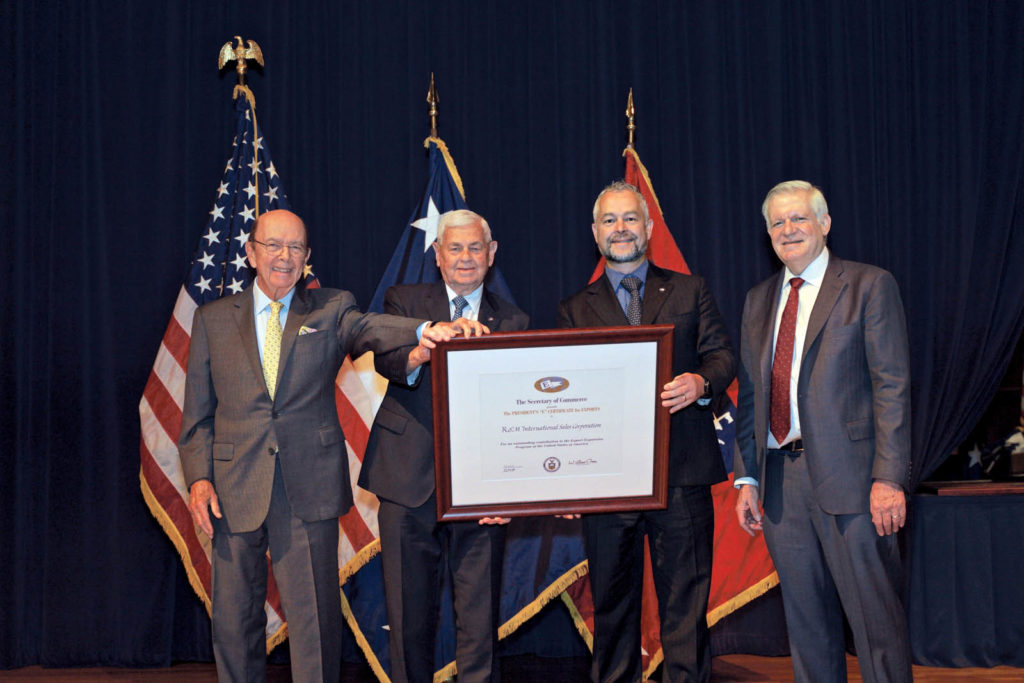
Efficiency through automation
Fully digitized production is a potentially appealing option for apparel manufacturers faced with labor shortages and/or high labor costs, as well as designers striving to shorten cycle times to better keep up with fashion trends and consumer demand.
H. Stoll AG & Co. KG, based in Reutlingen, Germany, manufactures
and sells knitting machinery and software used to make garments for the apparel industry, and technical textiles for other industries including automotive, health care, sports, military and aerospace, and home interiors.
One of its latest innovations is the STOLL-Knit and Wear® system that can knit an entire “seamless” garment in one process. It combines knitting and shaping and the connection of the knitted pieces with one machine, producing a garment that’s nearly ready-to-wear.
“There is a global need for a completely automated process for the designer, the knitter and the manufacturer that covers the entire value chain of flat knit production—from design to manufacturing at scale,” says Jaime Bartholomai, Stoll America’s internal sales and marketing manager. The system has some limitations, of course, and isn’t suitable for certain types of multi-color knitting, shapes and double layers due to higher production times. It also requires somewhat more advanced technical skills to program the machine to produce the correct design.
Automated knitting could open new markets in the field of individual production. “The advantages it offers, such as environmental friendliness, local production, short distances, fast response times, demand-oriented production and minimization of storage costs speak for themselves,” says Bartholomai.
Laurie F. Junker is a freelance writer based in Minneapolis, Minn.
Sidebar: Odd Couple
Mechanical/robotics engineering and textile expertise is an unusual pairing that came about when Ryzing Technologies was accepted into Virginia’s Innovation Commercialization Assistance Program (ICAP) soon after the company’s founding in 2015. The program provides education and mentoring to help start-ups identify potential markets and develop business models. As part of the program, Ryzing representatives spoke with various technology companies about the potential of inflatables, and through this research realized that most knew a lot about robotics—but almost nothing about textiles. That was an “aha” moment—uncovering a problem Ryzing could address and build a new market around. “That process caused us to shift our focus from designing products for specific markets to becoming more of a consulting firm, who can provide textile expertise to robotics firms and act as the R&D arm for other small- to mid-sized businesses interested in soft textile solutions across a variety of industries,” says CEO Ryan Gundling.
Sidebar: Demand and supply: exports
Recycling is pretty mainstream these days. Grandma was doing it when she made a quilt with scraps of leftover fabric or a casserole from the odds and ends in the refrigerator. R&M International Sales Corp. of Fort Washington, Pa., isn’t a newcomer to recycling either. The company has been purchasing domestic textile and plastic “leftovers” from primary producers and selling them to buyers in Europe and Asia since 1977. The by-products are used in a variety of applications, including luggage, furniture, insulation padding and geotextiles for roads and construction.
Last year the family-owned company won a prestigious award from the U.S. Department of Commerce for its contribution to the expansion of export trade. There is high demand for U.S. materials overseas, according to partner Stephen Rawson, and more than 90 percent of the company’s sales are exports. “I think small to medium-sized businesses are afraid of the unknowns with exporting—language and cultural barriers—and they shouldn’t be,” says Rawson. “There’s lots of government assistance available through Chambers of Commerce, Export Assistance and others, so there’s no reason to miss these opportunities.”
 TEXTILES.ORG
TEXTILES.ORG


